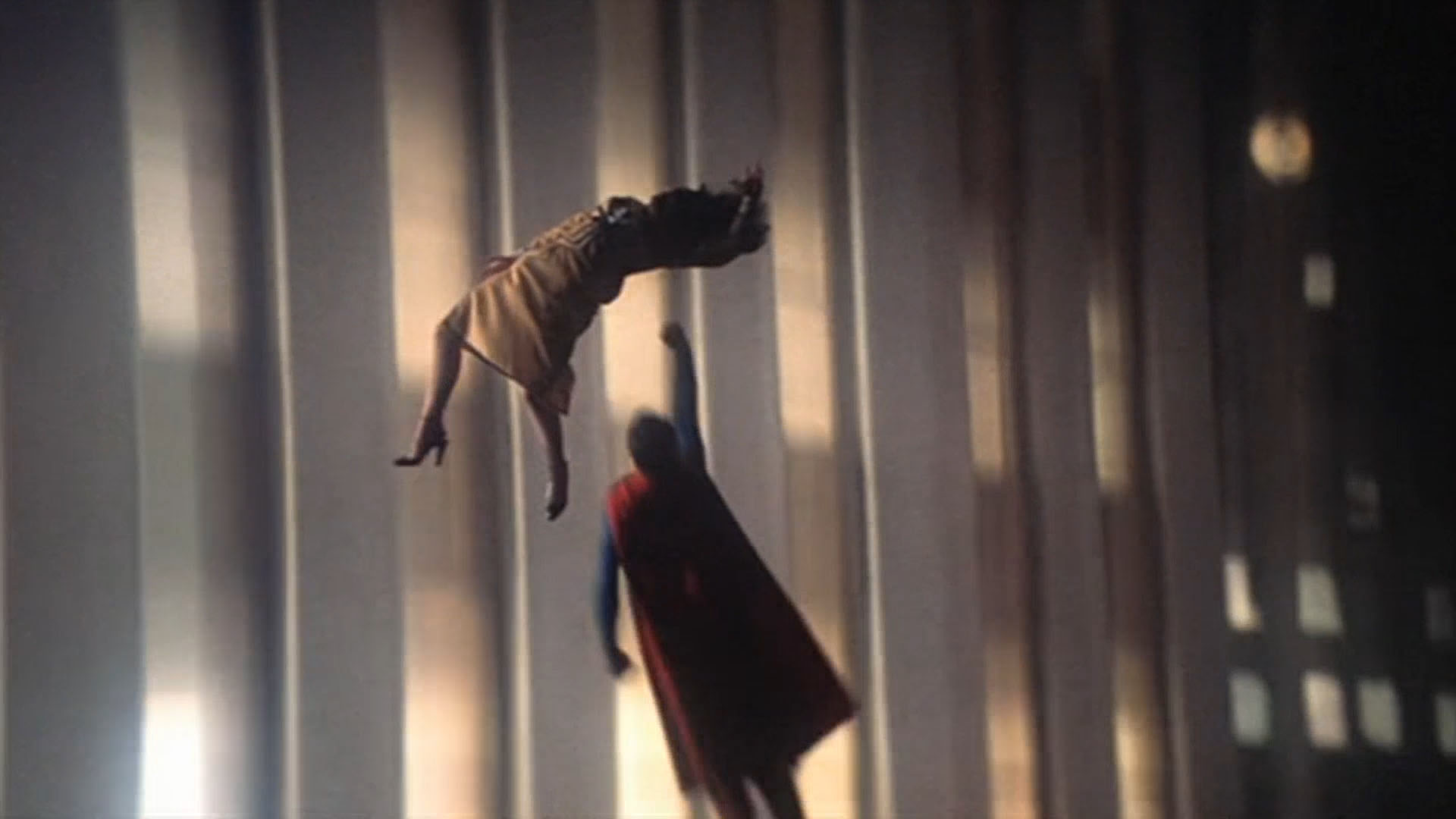I was in two squadrons in the United States Air Force where regulations, just about all of them, were waived. The mission was so important, we were told, that if we needed to deviate from a rule or regulation that we should use our best judgment and press on. The problem is that not all pilots possess the same high level of judgment and sometimes that is just in the eye of the beholder.
— James Albright

Updated:
2014-02-25
Quite often the other pilot would say "that's waived," when it just couldn't be. I often replied, "you can't waive the laws of physics." But not everyone understands this. Why? I blame the movie Superman. We saw this in a theater when it was the number one box office hit. At one point Lois Lane is falling from atop the Daily Planet office building to her certain death. Superman changes into his tights and soars up to catch her. (Video: Superman Catches Lois) At that point I said, too loudly I guess, "Now she's twice as dead."
My fellow movies goers didn't appreciate that.
Well, as it turns out, I didn't figure that only falling half the distance her velocity would be reduced almost by the factor of Superman's velocity upon arrival halfway up the building. So she isn't twice as dead, she is slightly more dead. (260 G's in Superman's arms versus 250 G's on the pavement.)
I offer this not as a movie critique, but as a critique on two sets of ideas. First, for those of you who say the regulations don't apply to you. Those regulations may be based on something that may very well come from physics and will apply to you no matter your feelings about those regulations. Second, for those of you (and me) who think they have it all figured out. Maybe you (we) don't. I finally got around to checking the math.

The math
Given: Empire State Building height = 1250'
Assumption: The Daily Planet Building = 1/2 Empire State Building = 625'
Formula for distance fallen d due to gravity for a given time t:
Time for Lois Lane to fall from top to bottom of the building:
Time for Lois Lane to fall from top of the building to Superman's arms (halfway down):
Velocity v at time t while falling:
Lois Lane's velocity at ground impact:
Lois Lane's velocity when caught by Superman:
Formula for distance covered d when accelerating at a for a given time t:
Given: Superman's time to reach Lois from ground = 10 seconds
(Timed from video = 20 seconds, figure this is doubled for dramatic effect, so actual time should be half.)
Superman's acceleration to half-way up the building:
Superman's velocity at half the distance to the top of the building:
Given: Distance from Lois Lane's head to her feet: 5 feet
Time for Lois Lane's head to hit pavement once feet hit:
Time for Lois Lane's head to reach her feet if caught by Superman:
Lois Lane's G-Load on impact with concrete:
Lois Lane's G-Load on impact with Superman:
